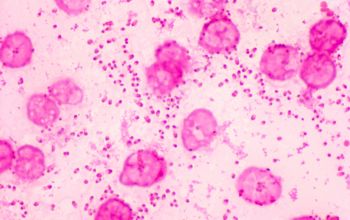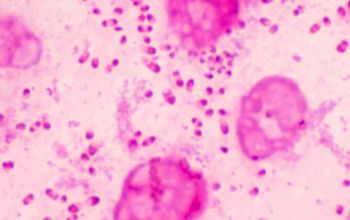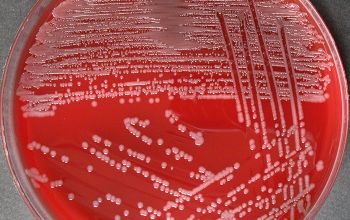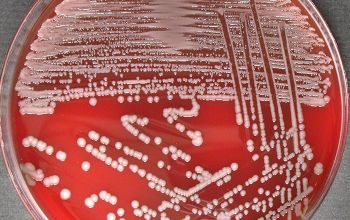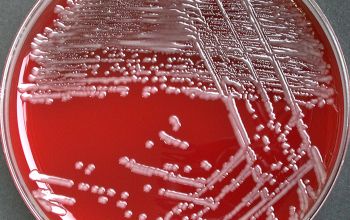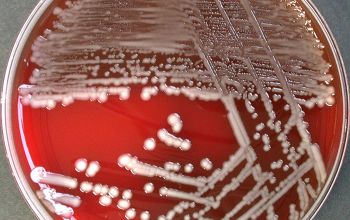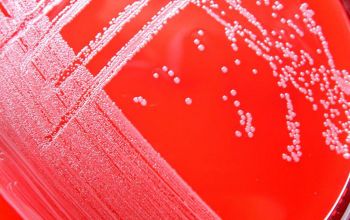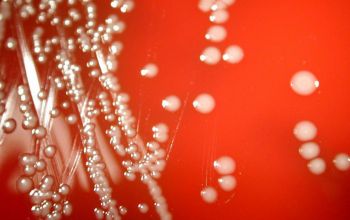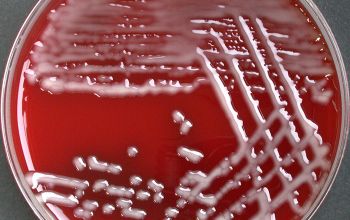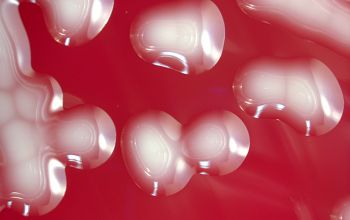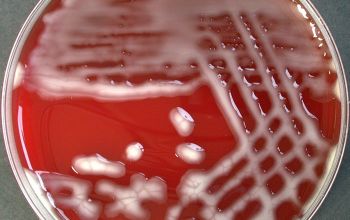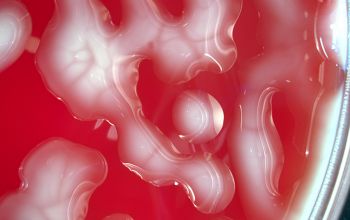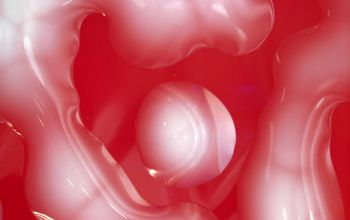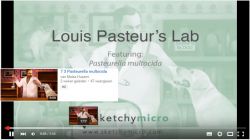Pasteurella multocida
-
General information
Taxonomy
Family: Pasteurellaceae
3 subspecies
- P. multocida subsp. multocida
- P. multocida subsp. septica
- P. multocida subsp. gallicida
History
Is named after Louis Pasteur (1822-1895), chemist and bacteriologist in Paris
Natural habitats
They are part of the normal flora of the respiratory tract of animals.
Through contact with these animals (licking, biting and scratching), humans can be infected, often by cats and dogs.
Clinical significance
Through contact with animals or bites especially cats or dogs the bacterium is transmitted to humans.
Arise within 48 hours painful infections erythema and swelling, the presence of pus is rare.
Infection can also occur through inhalation of the micro-organism.
Respiratory infections and urogenital infections also occur.
Complications can arise due to sepsis, meningitis, septic arthritis, peritonitis, and osteomyelitis.
Virulence
Due to the polysaccharide capsule is the Pasteurella resistant to phagocytosis.
Although some strains produce a cytotoxin its role in the pathogenesis of the disease is not clear.
Of all the P. species is P. multocida the most virulent.
There are five serogroups (A, B, D, E and F) based on the capsular antigen
-
Gram stain
Short, small, oval-shaped Gram-negative rods,
0.5-1.5 µm,
often with bipolar staining, similar to safety pins.
Lying alone, in pairs or short chains.
Encapsulation occurs often
-
Culture characteristics
-
Facultative anaerobic
5% CO2 improves the growth
BA: colonies are 1-2mm after 24 hours, and are opaque, smooth and grayish.
They can have a slight greening underneath the colonies.
Encapsulated strains tend to be mucoid.
Sometimes the colonies are rough or mucoid.
For humans virulent strains are often mucoid.
McConkey: no growth
BBAØ: growth
Smell: a mouse-like odor (probably due to the formation of indol)
-
-
Characteristics
-
References
James Versalovic et al.(2011) Manual of Clinical Microbiology 10th Edition
Karen C. Carrol et al (2019) Manual of Clinical Microbiology, 12th Edition

